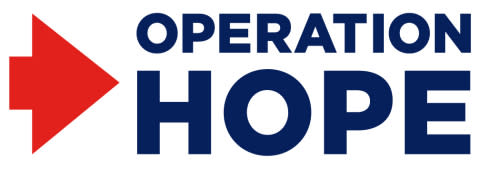By Matt Phillips. Aug. 21, 2020 Updated 7:48 a.m. ET
The national debt of the United States now exceeds the size of the nation’s gross domestic product. That was once considered by economists a doomsday scenario that would wreck the U.S. economy. So far, that hasn’t happened.
“Economists and deficit hawks have warned for decades that the United States was borrowing too much money. The federal debt was ballooning so fast, they said, that economic ruin was inevitable: Interest rates would skyrocket, taxes would rise and inflation would probably run wild.”
“The death spiral could be triggered once the debt surpassed the size of the U.S. economy — a turning point that was probably still years in the future.”
“It actually happened much sooner: sometime before the end of June 2020.”
“”This is a 40-year pattern,” said Stephanie Kelton, a professor of economics and public policy at Stony Brook University and a proponent of what’s often called Modern Monetary Theory. That view holds that countries that control their own currencies have far more leeway to run large deficits than traditionally thought. “The whole premise that deficits drive up interest rates, it’s just wrong,” she said.”
“At the end of last year, the United States was about $17 trillion in debt — roughly 80 percent of the gross domestic product. In January, government analysts predicted that debt would approach 100 percent of the G.D.P. around 2030. But by the end of June, the debt stood at $20.63 trillion, or roughly 106 percent of G.D.P., which shrank amid widespread stay-at-home orders. (These numbers don’t count trillions more the government owes itself in bonds held by the Social Security and Medicare trust funds.)”

“Economists have long told a story in which debt levels this large inevitably ignited an economic doom loop. Towering levels of debt would freak out Treasury bond investors, who would demand higher interest rates to hand their cash to such a heavily indebted borrower. With its debt payments more expensive, the government would have to borrow even more to stay current on its obligations.”
“Neither tax increases nor spending cuts would be attractive, because both could slow the economy — and any slowdown would hurt tax revenues, meaning the government would have to keep borrowing more. These scenarios frequently included dire predictions of soaring interest rates for business and consumer borrowing and crushing inflation as the government printed more and more money to pay what it owed.”
“But instead of panicking, the financial markets are viewing this seemingly bottomless need for borrowing benignly. The interest rate on the 10-year Treasury note — also known as its yield — is roughly 0.7 percent, far below where it was a little over a year ago, when it was about 2 percent.”
“There’s a debate about whether a large amount of government debt hamstrings economic growth over the long term. Some influential studies have shown that high levels of debt — in particular debt-to-G.D.P. ratios approaching 100 percent — are associated with lower levels of economic growth. But other researchers have found that the relationship isn’t causal: Slowing economic growth might lead to higher levels of debt, rather than vice versa.”
“Others have found that they don’t see much of a relationship between high levels of debt and slow economic growth for rich developed countries.”
“The experience over the last decade has drastically shifted the way economists and investors think about how the United States funds itself.”
Read more: https://www.nytimes.com/2020/08/21/business/economy/national-debt-coronavirus-stimulus.html?referringSource=articleShare
Like this:
Like Loading...










